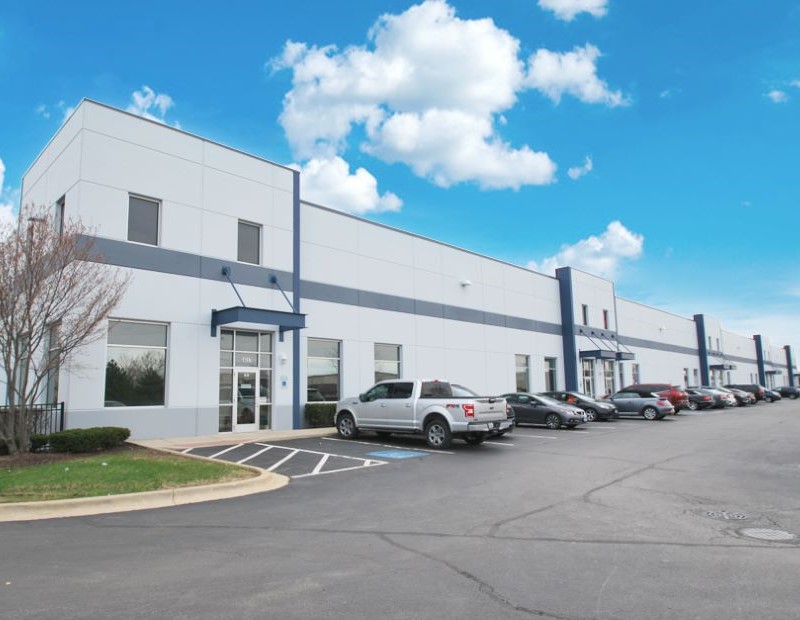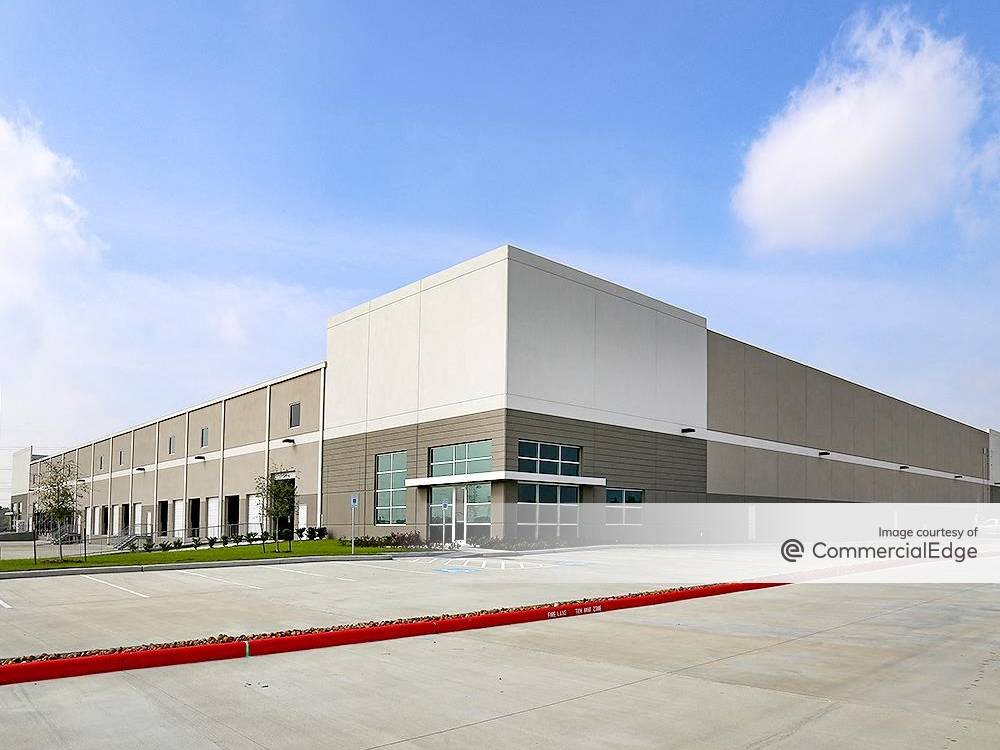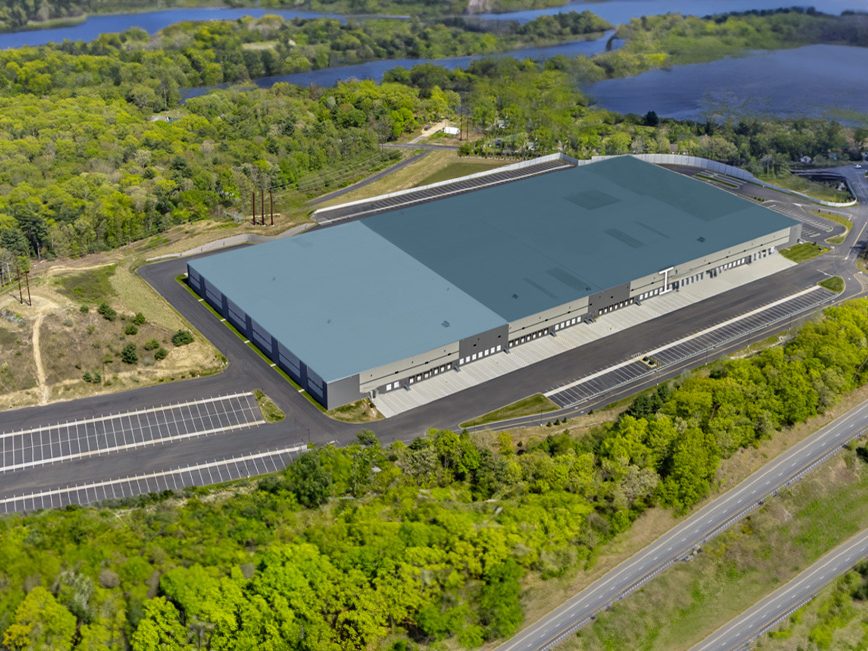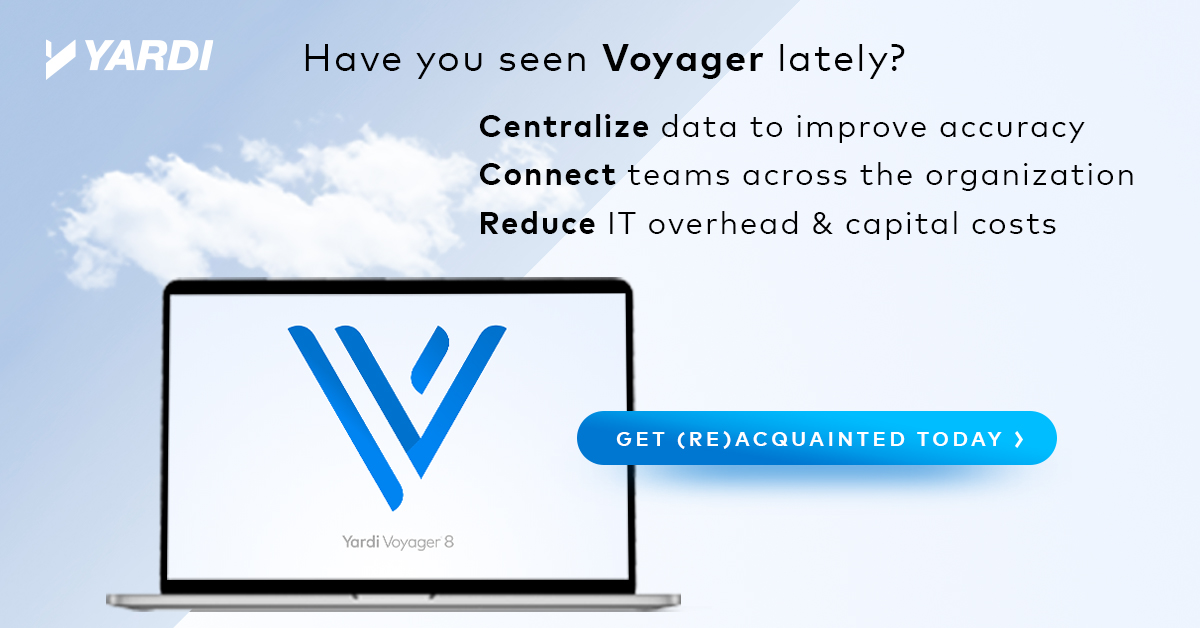2018’s Top Takeaways
As we move rapidly toward the new year, it’s a good time to reflect on the one that’s coming to a close.
By Suzann D. Silverman
As we move rapidly toward the new year, it’s a good time to reflect on the one that’s coming to a close. To consider the changes that have taken place, and just how extensive the impacts on the industry are likely to be.
The good news is that the economic cycle has yet to hint at an end. Although respondents to our recent poll expressed concern about rising interest rates and tightening spreads between cap rates and the 10-year Treasury, with 39 percent highly concerned and 53 percent mildly concerned, that is not reflected in real estate performance. Multifamily rental rates continue to increase, even if that growth has slowed, according to Yardi Matrix, and occupancy rates have remained stable. Office absorption continues to increase and vacancy rates to drop, leading to growth in rents, according to Newmark Knight Frank. And new development is underway across property sectors.
The positive economic and industry performance has given buyers confidence to keep putting money into the sector. In fact, investment increased 22 percent year-over-year in the third quarter, according to Real Capital Analytics Inc., to $143.5 billion from $117.4 billion, with growth in all the major property types.
Investors see further incentive in the opportunity zones that were created as part of the Tax Cuts and Jobs Act of 2017. The zones offer the prospect of deferred capital gains, although many details are still to be worked out and some industry players have recommended a slow approach to allow time to test the potential.
Waiting may prove difficult, however, with the prospect of Amazon expanding into one such zone. The online commerce behemoth’s recently announced multi-city solution for its second headquarters includes an opportunity zone in Long Island City, N.Y. Its decision, which also includes a beleaguered Crystal City, Va. (the region has already been dubbed National Landing, a new name designed to give it a new outlook) and an Operations Center for Excellence in Nashville, has elicited a mixed response ranging from questions regarding how much employment will actually be created to visions of the value it is likely to bring to neighborhood real estate.
While Amazon is expanding, Sears’ bankruptcy filing, announced a month earlier, illustrated the difficulties so many brick-and-mortar retailers are having, particularly mid-level department stores and older brands. The proceedings are expected to take some time, and Sears is refocusing on a smaller set of Sears and Kmart stores, with the malls and shopping centers (many of them Class B malls) that housed the hundreds of stores it has been steadily shutting down finding ways to reinvent the space with other uses.
And retail is not the only type of space being put to alternative use. The number of homeowners and apartment residents listing their homes with Airbnb as short-term rentals has been growing, even as the number of municipalities restricting them is increasing. Airbnb has been fighting back, though, most recently suing the city of Boston to prevent looming implementation of regulations passed in June.
But perhaps the biggest catchphrase of 2018 represents the rapidly evolving technologies that are benefiting—and some even say revolutionizing—the commercial real estate industry. So-called “proptech” includes a range of building performance solutions, along with financial benefits like the developing blockchain process protections and growth of the still fledging real estate crowdfunding business. (Our most recent discussions include our Mission: Success profile of MetaProp’s founders and the CFO Corner column “3 Ways to Leverage Fintech.”)
It’s been quite a year. Soon we’ll see how well 2019 can match it.









You must be logged in to post a comment.